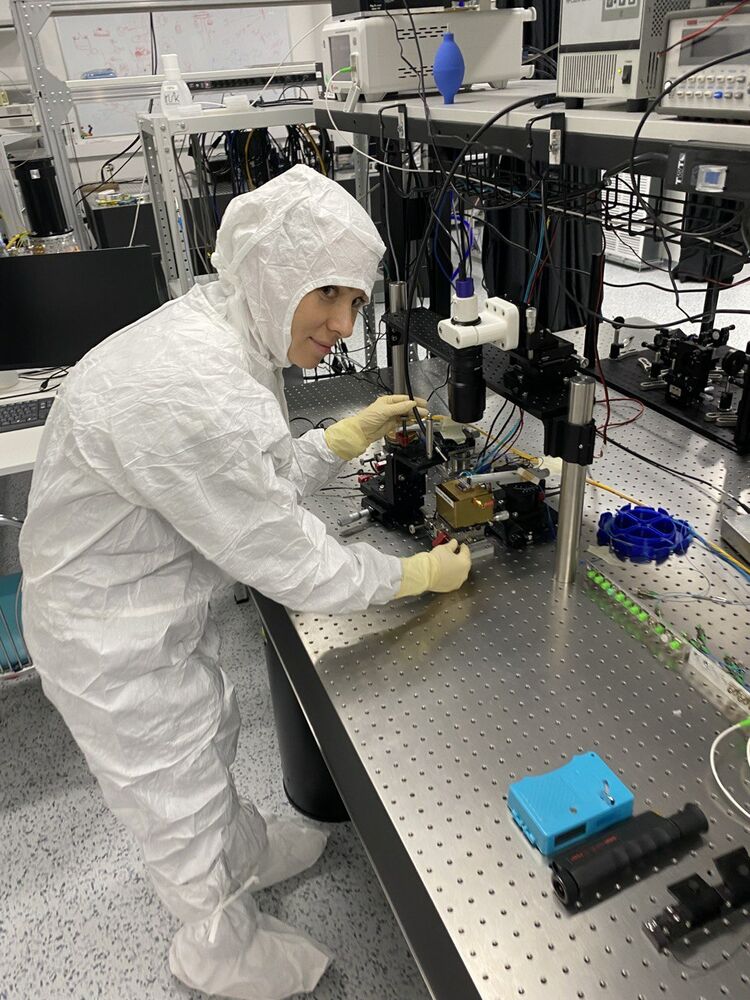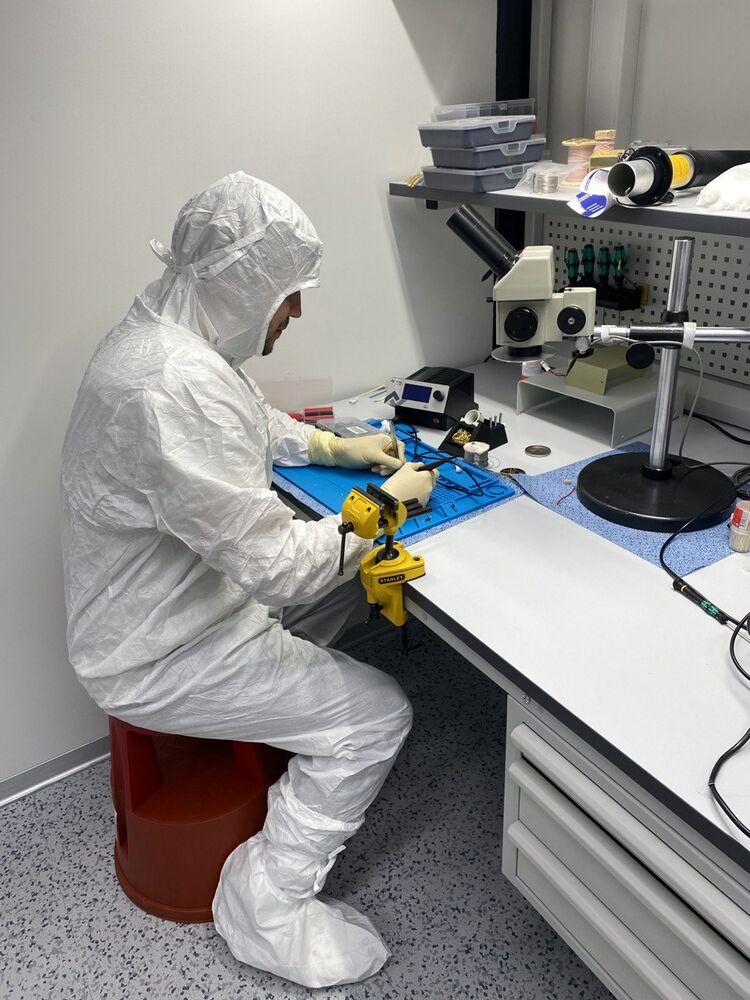The laboratory was established in 2022 as part of the NUST MISIS state task to create new laboratories in the subsection “New Energy” of the national project “Science and Universities”, funded by the Ministry of Science and Higher Education of the Russian Federation.
Activities of the Laboratory
The scientific novelty of the research conducted in the laboratory has both practical and fundamental components.
The practical component is aimed at creating a new product for the real sector of the economy in the field of energy, where compact sensors for monitoring explosive concentrations of hydrogen are required for a successful transition to hydrogen energy. Potentially, such sensors can be implemented in various ways. The advantages of the photonic integrated circuit approach, which is being developed in the laboratory on the basis of the previously obtained scientific groundwork, is that it does not involve the use of electrical signals near the active area of the sensor. Instead, light is used in an annular microresonator, which, on the one hand, eliminates the possibility of an explosion, and on the other hand, due to the high Q-factor of integrated optical structures, allows detecting ultra-weak concentrations of gas leaks at the level of several millionths. In addition, due to the use of low-loss optical fiber (<0.2 dB/km), it is possible to receive information from such a sensor remotely, from places where the presence of people is not desirable or dangerous.
The developed technology has the potential to be used in a vast majority of related production and will be used not only for detecting gases, but also liquids through microfluidic channels, thanks to which it is possible to significantly reduce the concentration of analyte samples and perform hundreds of measurements on a single chip. Due to the preliminary functionalization of the surface and chemical adsorption, the sensor can be used to detect one specific substance from a solution, and is also easily adapted to capture viral proteins or exosomes.
The fundamental component includes obtaining new knowledge of the interaction of the near field of the waveguide mode in the microresonator (“evanescent mode”) with various gases and liquids in the telecommunication wavelength range.



